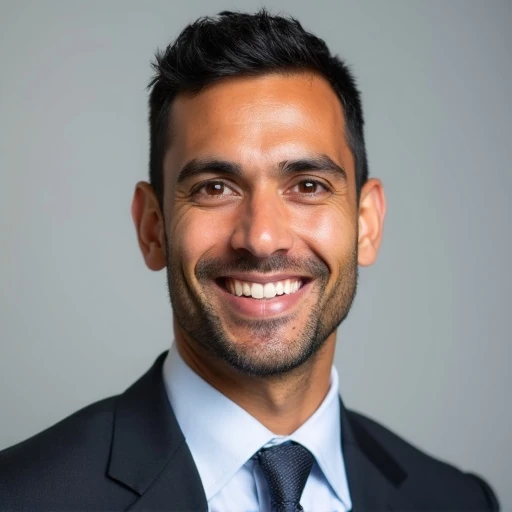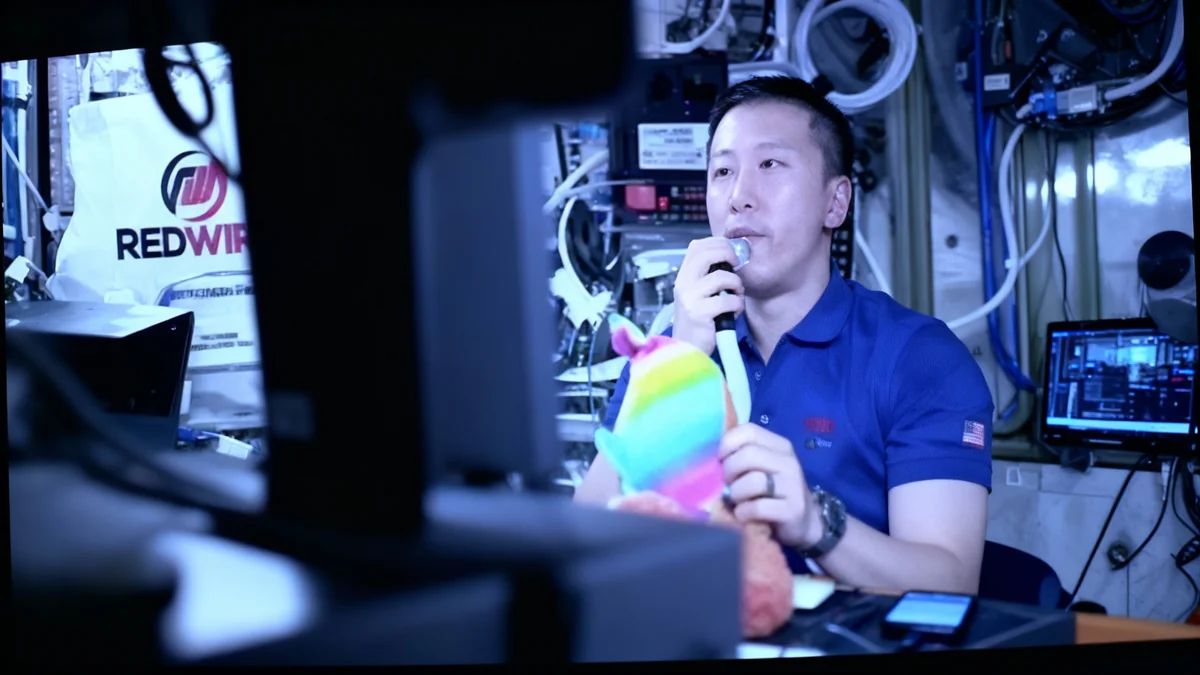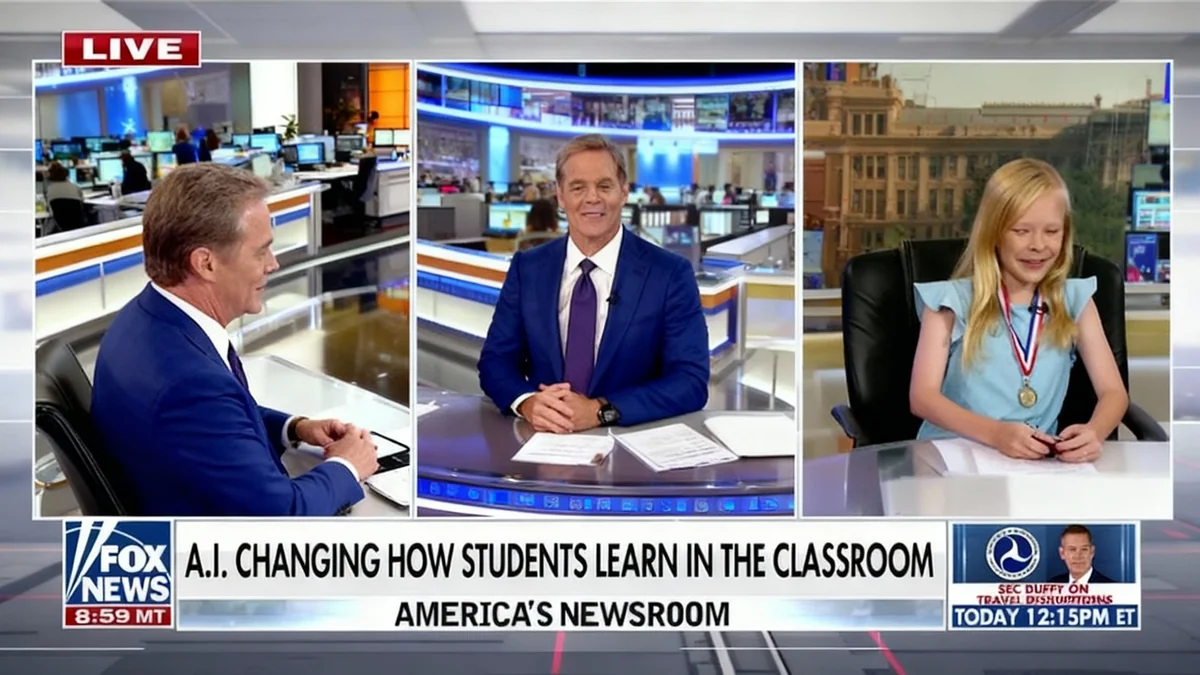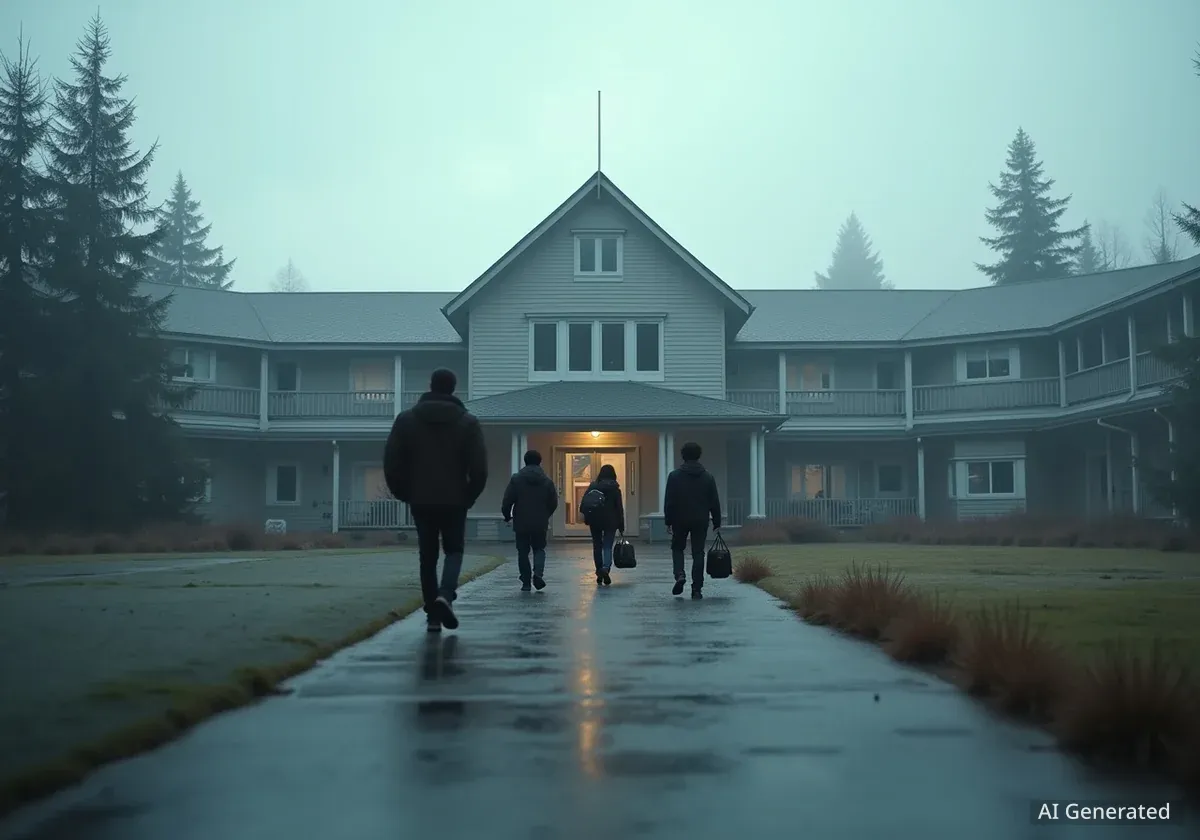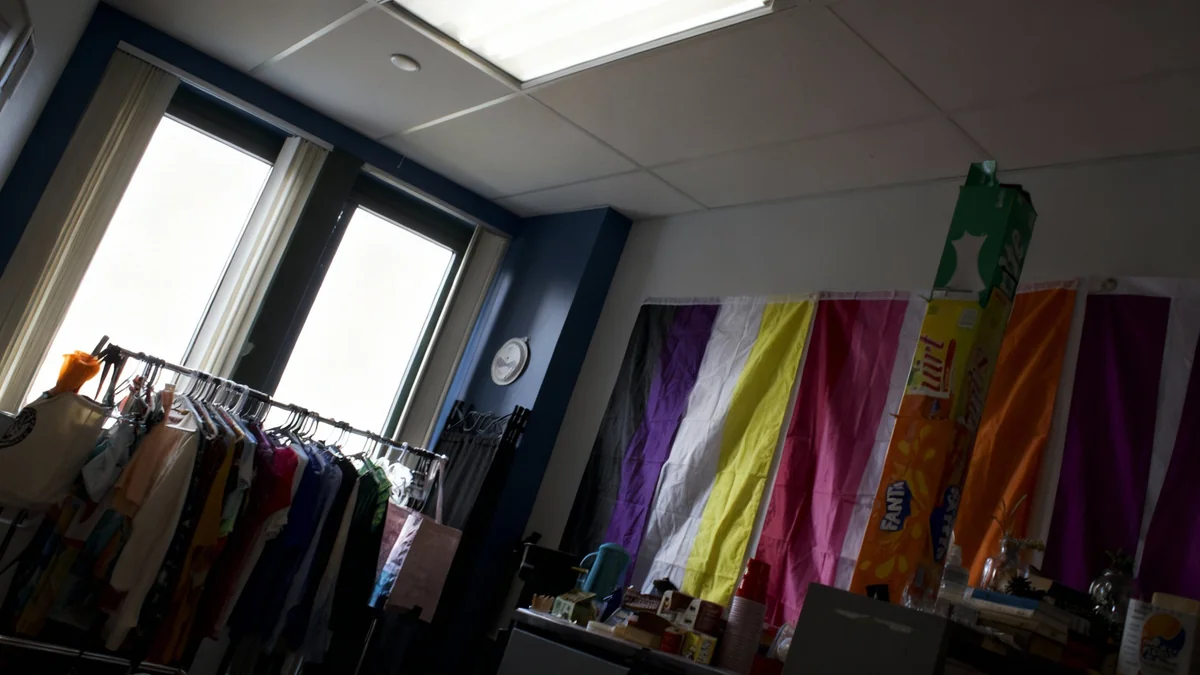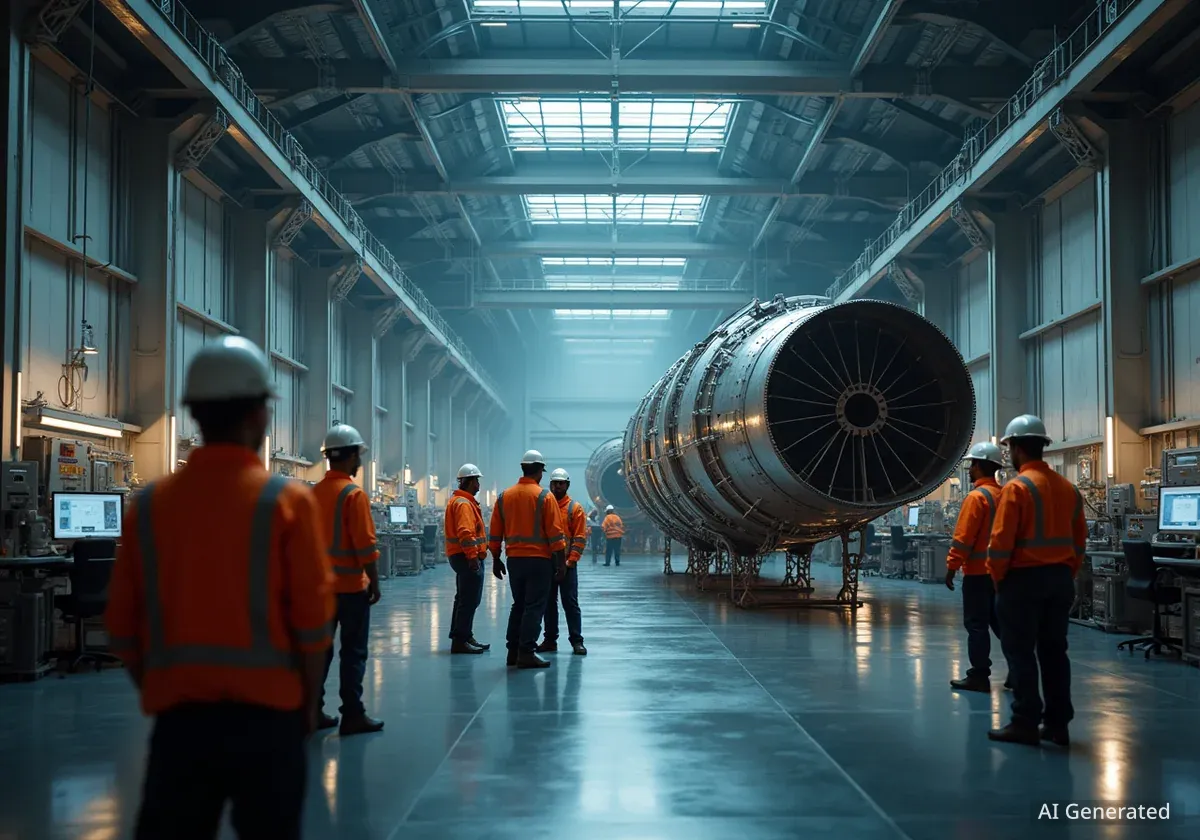Young Scouts, Cubs, and Beavers from Warwickshire experienced a direct communication link with an astronaut aboard the International Space Station (ISS). The event, held at Hatton Country World, provided the children with a rare eight-minute window to ask questions to NASA astronaut Jonny Kim as the station orbited over the Midlands.
Organized by amateur radio specialists, the contact aimed to inspire interest in science and technology by connecting young people directly with space exploration. The successful link-up allowed for a live question-and-answer session with an astronaut traveling at approximately 17,500 miles per hour.
Key Takeaways
- Scouts from Warwickshire held a live Q&A session with astronaut Jonny Kim on the International Space Station.
- The connection was established using amateur radio equipment for a brief eight-minute period.
- The event was facilitated by Amateur Radio on the International Space Station (ARISS) to promote STEM education.
- Children asked about daily life in space, including meals, hygiene, and the effects of microgravity.
A Direct Line to Orbit
In a marquee at Hatton Country World near Warwick, a group of young people gathered for an extraordinary opportunity. Members of local Scout, Cub, and Beaver groups had the chance to speak directly with someone orbiting more than 250 miles above Earth. The event was the result of careful planning and coordination with international space agencies.
The communication window was precisely timed to coincide with the ISS's pass over the region. For approximately eight minutes, the ground team maintained a stable radio link, allowing for a rapid exchange of questions and answers. Gavin Gill, a Beaver team leader from the 1st Radford Semele Scout Group, expressed the significance of the moment.
"It's a true privilege to have been chosen to make contact with the ISS," said Gill, whose group helped secure financial and logistical support for the unique educational event.
For the children involved, the experience was a memorable one. Eight-year-old Cub Scout Owen shared his enthusiasm before the contact. "I'm so excited to speak to real astronauts in space. We've been learning about space at Cubs," he said.
Curiosity in Zero Gravity
The questions posed by the children focused on the practical and fascinating aspects of life in a microgravity environment. Their curiosity provided a glimpse into how young minds perceive space exploration. The Scouts were keen to understand the daily routines of an astronaut.
Life Aboard the ISS
The International Space Station is a multinational collaborative project involving five participating space agencies. It serves as a microgravity and space environment research laboratory where crew members conduct experiments in biology, physics, astronomy, and other fields.
Among the questions asked were:
- What do astronauts eat for breakfast?
- How do you wash in space without gravity?
- What happens if you drop something?
- What is the funniest thing that has happened to you in space?
These inquiries reflect a fundamental curiosity about how normal Earth activities are adapted for life in orbit. Astronaut Jonny Kim responded to each question, providing direct insight into the challenges and wonders of his unique workplace.
The Technology Behind the Call
Making the connection possible was Amateur Radio on the International Space Station (ARISS), a volunteer organization that coordinates these educational contacts. Ciaran Morgan, a representative from ARISS, managed the technical aspects of the link-up and confirmed its success.
"We had a very good contact with Jonny Kim on the space station," Morgan explained. He noted that the signal was first acquired when the ISS was approximately 2,500 kilometers (about 1,550 miles) away. "It was a bit scratchy and a bit noisy to begin with, but the signal got much better as it got closer."
The ISS orbits the Earth at an altitude of approximately 400 kilometers (250 miles) and completes one full orbit in about 90 minutes. This creates very short windows for direct line-of-sight radio communication from a fixed point on the ground.
In addition to the audio Q&A, the team conducted a television experiment. "An experiment of television from the space station took place as well, so we were able to ask Jonny to give us a wave," Morgan added. This visual component added another layer of excitement, allowing the children to see the astronaut they were speaking with in near real-time.
Inspiring Future Scientists and Engineers
The primary goal of ARISS and similar initiatives is to leverage the excitement of spaceflight to encourage student interest in Science, Technology, Engineering, and Mathematics (STEM). By providing a direct and personal connection to an astronaut, organizers hope to make these fields more tangible and appealing.
ARISS is an international consortium of amateur radio societies and space agencies, including NASA, Roscosmos, ESA, JAXA, and CSA. The program has been arranging contacts between students and ISS crew members for over two decades, reaching hundreds of thousands of young people worldwide.
Events like the one in Warwickshire are designed to be more than just a phone call. They often serve as the centerpiece of a broader curriculum where students learn about orbital mechanics, radio waves, and space exploration. The experience of preparing questions and hearing live answers from space aims to leave a lasting impression, potentially inspiring the next generation of explorers, scientists, and engineers.
